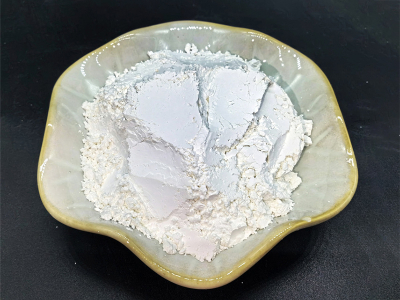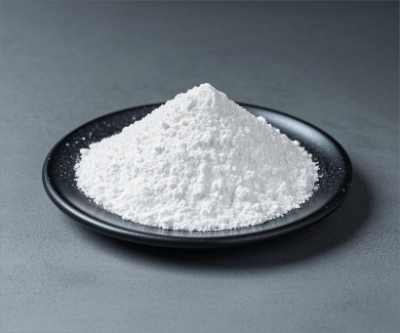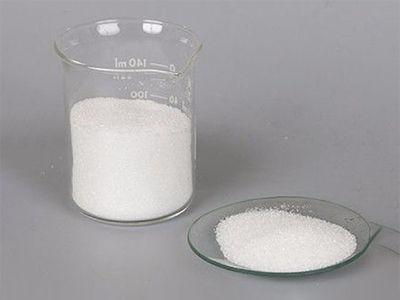Precipitated barium sulfate is used in high solid component coatings
Precipitated Barium Sulfate in High-Solid Component Coatings
Introduction
Precipitated barium sulfate (BaSO₄) is a widely used functional filler in high-solid component coatings due to its excellent chemical stability, high whiteness, and fine particle size. Its unique properties make it an essential ingredient for improving the performance, durability, and application efficiency of coatings. This article explores the role of Precipitated barium sulfate in high-solid coatings, highlighting its benefits and applications.
Benefits of Precipitated Barium Sulfate in High-Solid Coatings
Enhanced Opacity and Whiteness
With a high refractive index (1.64), barium sulfate provides excellent opacity and brightness, improving the visual appeal and coverage of coatings.
It reduces the need for excessive titanium dioxide, helping to optimize costs while maintaining quality.
Improved Dispersion and Stability
The fine particle size of precipitated barium sulfate ensures uniform dispersion within the coating matrix.
It enhances suspension stability, preventing sedimentation and improving long-term storage performance.
Increased Durability and Mechanical Strength
Barium sulfate improves the hardness, scratch resistance, and overall mechanical strength of coatings.
It enhances resistance to environmental wear, making coatings more durable in harsh conditions.
Excellent Chemical and Corrosion Resistance
Chemically inert, barium sulfate is resistant to acids, alkalis, and solvents, ensuring long-lasting protection for coated surfaces.
It contributes to corrosion resistance, making it ideal for industrial and protective coatings.
Optimized Rheology and Application Performance
In high-solid coatings, barium sulfate helps control viscosity and improves flow properties.
It enhances leveling, reducing surface defects like sagging, orange peel, and pinholes.
Applications of Precipitated Barium Sulfate in High-Solid Coatings
Due to its versatile properties, precipitated barium sulfate is widely used in various high-solid component coatings, including:
Automotive Coatings – Provides smooth finishes, improved gloss, and durability.
Industrial Protective Coatings – Enhances corrosion resistance and wear protection.
Powder Coatings – Improves flow properties and enhances surface hardness.
Marine and Aerospace Coatings – Increases resistance to harsh environmental conditions.
Conclusion
Precipitated barium sulfate plays a vital role in high-solid component coatings by enhancing opacity, mechanical strength, and chemical resistance. Its ability to improve dispersion, durability, and application performance makes it a preferred choice for industries seeking high-quality and long-lasting coatings.



